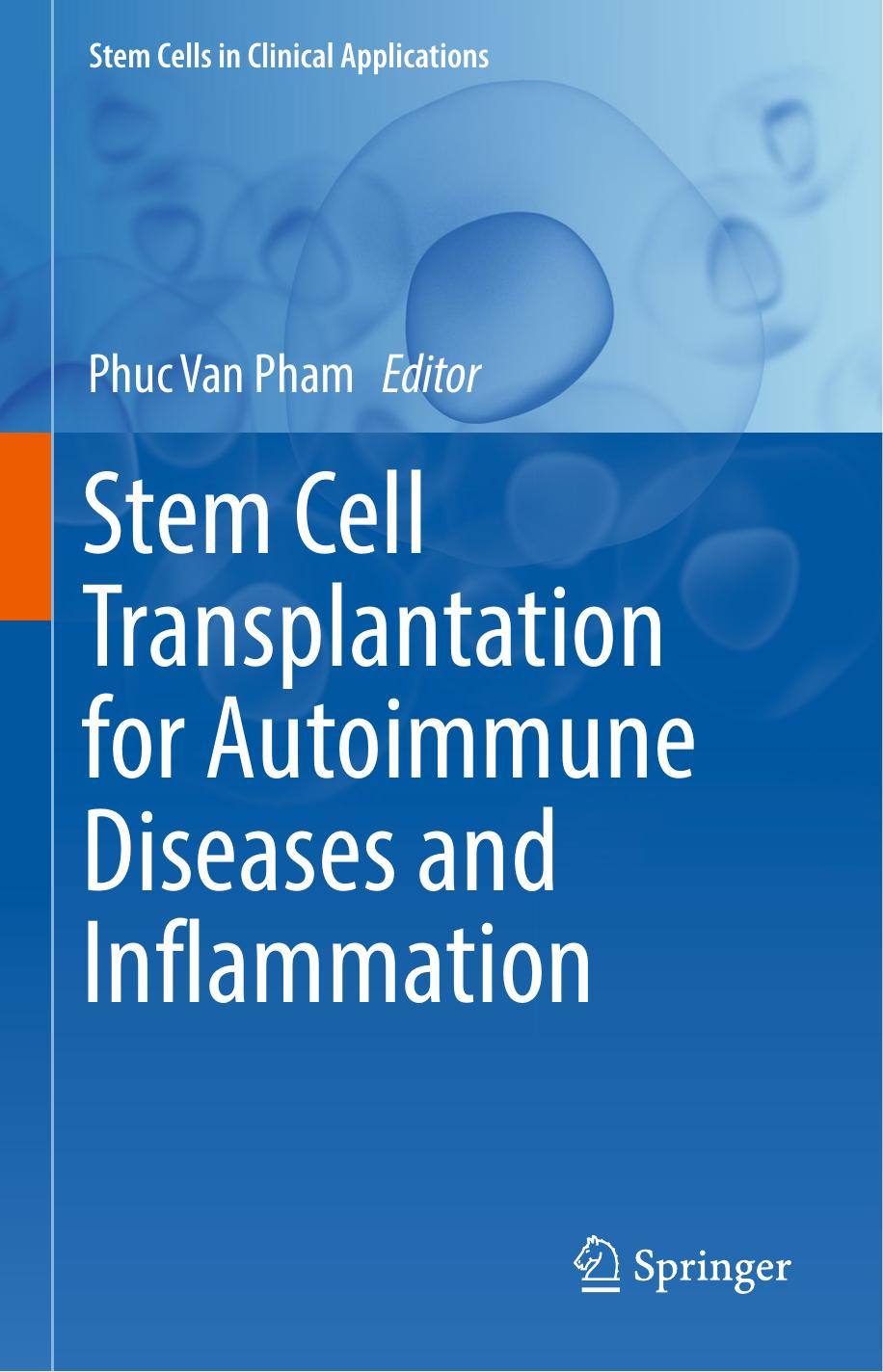Stem Cell Transplantation for Autoimmune Diseases and Inflammation by Phuc Van Pham

Author:Phuc Van Pham
Language: eng
Format: epub, pdf
ISBN: 9783030234218
Publisher: Springer International Publishing
At that stage, the field was ready for the first phase III clinical trial that was initiated by Osiris Therapeutics, Inc, with its product Prochymal™ [49]. The biggest trial developed to date (NCT00366145) enrolled 244 patients with steroid-refractory aGVHD at 70 sites. Patients were randomized 2:1 to Prochymal™ versus placebo, both in addition to standard of care that was selected by each participating center. Skin involvement was present in 144 patients, gut in 179 and liver in 61 patients. The primary endpoint was durable complete response (DCR) for ≥28 days. DCR rates were 35% in the Prochymal™ arm versus 30% in the placebo group by intention-to-treat analysis and 40% versus 28% in the per protocol population. Interestingly, compared to the placebo arm, the day +100 overall response rates were significantly better in the Prochymal group for patients with liver (76% versus 47%; P <0.05) and gut aGVHD (82% versus 68%; P < 0.05), whereas there were no differences in skin involvement (78% versus 77%) and in overall response (82% versus 73%) [50]. Without reaching the primary endpoint, the probability of FDA approval diminished, and the MSC program was transferred to Mesoblast, an Australian company. Nevertheless, Prochymal™ received conditional approval in Canada and New Zealand for the treatment of children with aGVHD. The Mesoblast group continued the development of this product, under the name Remestemcel-L, and has concluded a clinical trial with an improved design compared to the Osiris trial, that has met the primary outcome [49, 51]. In this trial (NCT01541579), only pediatric patients (where responses are higher than in adults as mentioned before) up to 17 years were included. Skin-only aGVHD patients were excluded. In addition, the primary endpoint of the trial was the overall aGVHD response (both complete and partial) on day +28 instead of durable complete response. The number of patients was considerably reduced from 240 to 55 as well as the participating centers (32 compared to 70 in the previous trial), what obviously select centers with higher experience in allogeneic stem cell transplant, where overall results are better [52, 53]. The preliminary results of this trial were presented in the ASBMT tandem meeting in 2018 [54], and the primary outcome, the Day 28 overall response rate was significantly higher in the Remestemcel-L group compared to the protocol-defined historical controls (69% versus 45%; P = 0.0003). There were no safety issues. These results may provide the basis for a potential FDA approval in the USA of this product for children with aGVHD. In addition to this trial, the first academic phase III multicenter clinical trial of MSC for steroid-resistant aGVHD (HOVON 113 MSC) is currently recruiting patients. In this trial, steroid-refractory aGVHD patients (either children or adults) are randomized to MSC or placebo in addition to mycophenolate mofetil (MMF). Skin-only aGVHD patients are also excluded. The primary endpoint is the proportion of patients responding to treatment of aGVHD grade II–IV at day 29.
It is expected that the results of these optimized phase III trials could finally demonstrate the efficacy of MSC in this clinical setting.
Download
Stem Cell Transplantation for Autoimmune Diseases and Inflammation by Phuc Van Pham.pdf
This site does not store any files on its server. We only index and link to content provided by other sites. Please contact the content providers to delete copyright contents if any and email us, we'll remove relevant links or contents immediately.
| Cell Biology | Developmental Biology |
| Entomology | Marine Biology |
| Microbiology | Molecular Biology |
| Biostatistics |
Sapiens: A Brief History of Humankind by Yuval Noah Harari(14248)
The Tidewater Tales by John Barth(12608)
Mastermind: How to Think Like Sherlock Holmes by Maria Konnikova(7225)
Do No Harm Stories of Life, Death and Brain Surgery by Henry Marsh(6887)
The Thirst by Nesbo Jo(6826)
Why We Sleep: Unlocking the Power of Sleep and Dreams by Matthew Walker(6618)
Life 3.0: Being Human in the Age of Artificial Intelligence by Tegmark Max(5474)
Sapiens by Yuval Noah Harari(5293)
The Longevity Diet by Valter Longo(5017)
The Body: A Guide for Occupants by Bill Bryson(4974)
The Rules Do Not Apply by Ariel Levy(4855)
The Immortal Life of Henrietta Lacks by Rebecca Skloot(4525)
Animal Frequency by Melissa Alvarez(4394)
Why We Sleep by Matthew Walker(4359)
The Hacking of the American Mind by Robert H. Lustig(4318)
Yoga Anatomy by Kaminoff Leslie(4303)
All Creatures Great and Small by James Herriot(4231)
Double Down (Diary of a Wimpy Kid Book 11) by Jeff Kinney(4206)
Barron's AP Biology by Goldberg M.S. Deborah T(4096)
